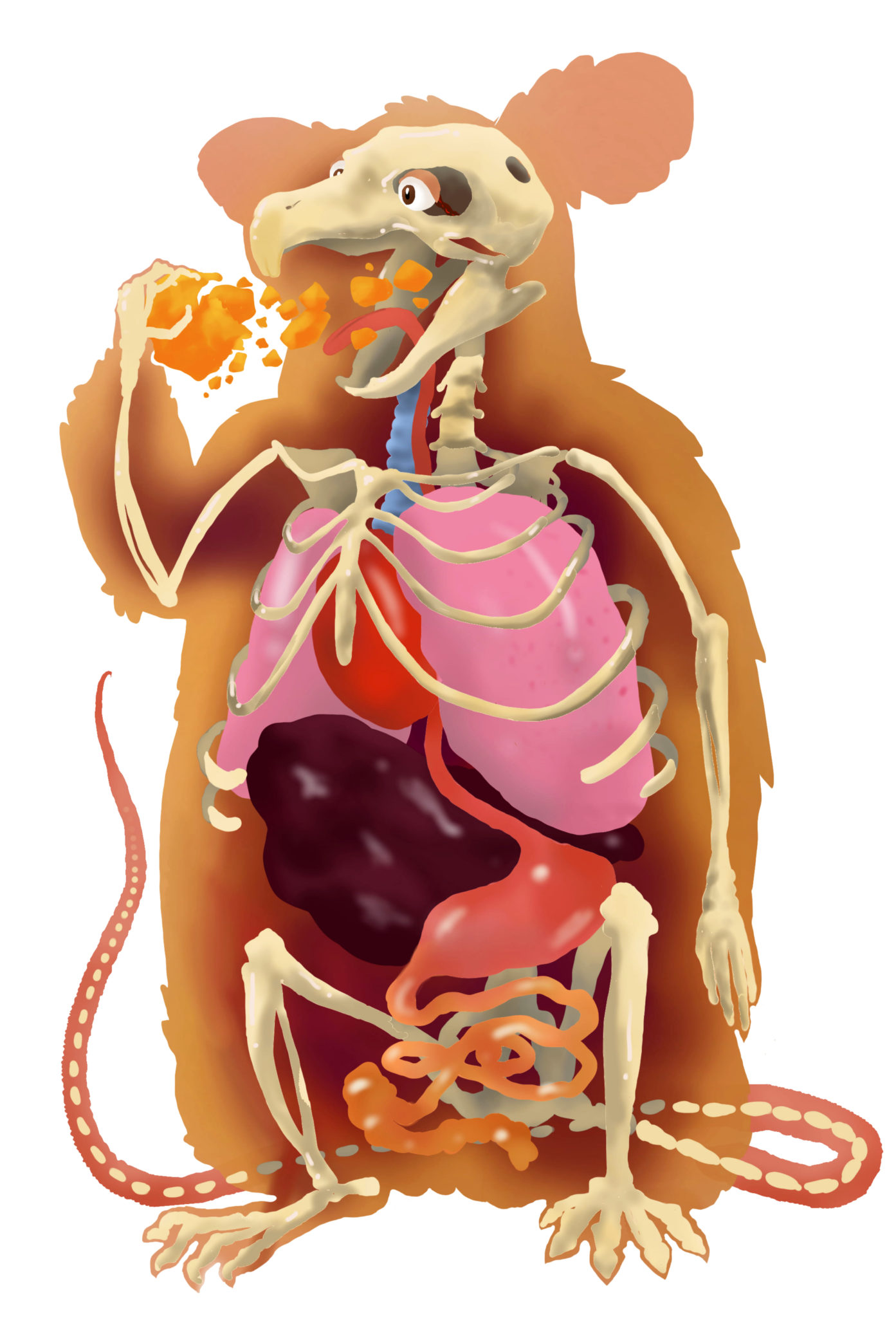
marcboudreaux
A new Yale study may help researchers develop treatments for diabetes.
Researchers at Yale have discovered key links between a protein called PKCε and insulin resistance, most notably in the role the protein plays in turning off insulin signaling and therefore causing or worsening conditions like diabetes. Studying the interactions between specific proteins and insulin regulation can help researchers pinpoint which molecules to target when testing or synthesizing new drugs. Their study was published in the journal Proceedings of the National Academy of Sciences on Sept. 4.
“The most important finding of the study is the substantial overlap we identified between PKCε action and the action of other critical signaling proteins known to regulate metabolism in the liver — especially one called p70S6K,” said study co-author Max Petersen GRD ’16 MED ’18, a resident in the Department of Internal Medicine at Massachusetts General Hospital.
Previous research involving rodents has shown that livers with high levels of insulin resistance have correspondingly high levels of PKCε activation and that stopping PKCε from functioning can prevent a rise in insulin resistance. But the exact role of PKCε and how it affects the liver’s interaction with insulin was unknown, prompting the researchers to study the relationship more closely.
Lead author Brandon Gassaway GRD ’18, a postdoctoral research associate at Harvard Medical School, said that proteins “talk” to one another by way of phosphorylation, in which phosphorus atoms with oxygen atoms attached to them are added and removed. Using a technique called phosphoproteomics, the team examined thousands of proteins and how they talked to one another, focusing on the proteins that interacted most often with PKCε.
The team found that PKCε acts very similarly to another protein, p70S6K and that these two proteins can communicate with other proteins known to turn off insulin signaling, which controls insulin resistance.
“We’ve known about insulin for over a hundred years, and we’re still finding out how the insulin signaling pathway is regulated,” Gassaway said. “So that was kind of a cool thing as well.”
While their findings represent only the first step of the research process, the results of the study could have significant implications further down the line. According to Karl Barber — a Schmidt Science fellow at Harvard Medical School and a member of the research team — the better we understand phosphorylation patterns, the more progress we can make toward developing therapies and testing clinical trials to address the problem of diabetes. Barber added that the project is a “landmark study” in understanding how interactions between proteins can drive resistance to insulin.
Future research following this study could go in many different directions, both medically and microscopically. Gassaway said the study raised questions about how different kinds of phosphorylation affect the proteins with which they are associated, as well as how exactly these proteins affect insulin resistance.
“[In] any good science, you come out with more questions than what you started with, so there are a lot of questions that our research opened up,” Gassaway said. “We found that [these proteins] do in fact interact or regulate insulin signaling, but we have no idea mechanistically how they do that, so that’s a big question that we need to follow up on.
According to a 2017 report from the Centers for Disease Control and Prevention, 114.4 million Americans currently suffer from diabetes or prediabetes, a disease that can lead to diabetes within five years if left untreated.
Valerie Pavilonis | valerie.pavilonis@yale.edu







